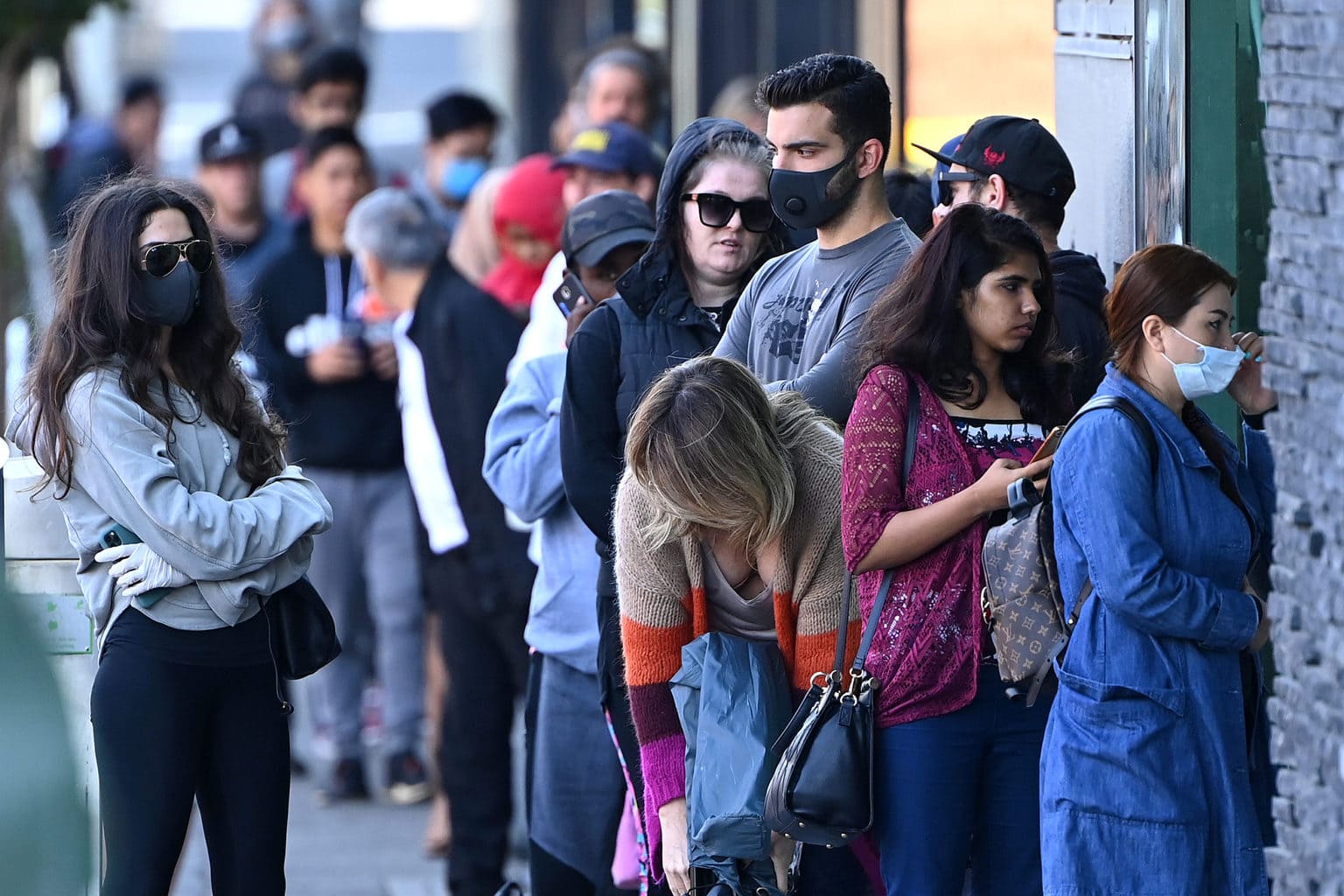
The ruling follows months of political and legal wrangling over the ‘proper nature’ of casual employment, but has continued to stoke controversy.
Recent legislative changes and a much-anticipated ruling from the High Court of Australia earlier this month has redefined casual employment in Australia.
With a significant number of Australian workers engaged as casuals (around a quarter of all employees), what do these changes mean for businesses and workers?
Here we summarise major developments in this area and consider their significant implications.
The peculiar nature of casual employment in Australia
Casual work has long been a dominant and controversial feature of the Australian labour market with around 2.6 million workers currently employed as casuals.
A disproportionate number are women, young people and low-wage workers. These workers receive no annual or personal leave, no notice of termination or redundancy pay.
Instead, they receive a 25 per cent loading on top of their basic pay rate, although ABS data indicates less than half of casual workers receive the casual loading in practice.
You may be familiar with the Australian oxymoron of the ‘permanent casual’.
While the term ‘casual’ suggests temporary and irregular work, analyses of labour market data reveal many casual workers have been with their employer for over a year, expect to be with the same employer next year, and have predictable, stable hours.
The COVID-19 pandemic has highlighted wide-ranging impacts arising from Australia’s high reliance on casual employment. Lacking job security, casual workers have borne a disproportionate share of job losses.
Without paid personal leave entitlements, casual workers may have also faced the difficult choice of foregoing income or attending work and risking their own or others’ health. Federal and Victorian government schemes and temporary amendments to 99 modern awards have gone only some way towards alleviating these problems.

Lacking job security, casual workers may have borne a disproportionate share of job losses.
What’s ‘casual’ about casual employment?
One of the main reasons for the prevalence of ‘permanent casuals’ in Australia is that, until March this year, Australia’s main labour law (the Fair Work Act 2009) lacked a proper definition of casual employment.
Awards and enterprise agreements have long defined a casual as simply anyone ‘engaged and paid as such’.
In practice, this meant employers could potentially avoid obligations arising from permanent employment by simply labelling a worker casual.
A leading Australian employment law scholar described this as a ‘fundamental flaw in Australian labour law’.
This unsatisfactory approach was thrown into disarray in 2018 by a claim by mining worker Paul Skene who claimed he was a permanent employee of labour-hire company Workpac, despite being engaged and paid as a casual.
A full Federal Court determined Skene was a permanent employee who worked regular and predictable hours. This meant that Skene was entitled to be paid accrued entitlements to annual leave, which could not be offset against the casual loading paid to him.
In the absence of a definition of casual employment in the Fair Work Act, the court reasoned that it was necessary to examine the entirety of the employment relationship.
The court found casual employment was characterised by the ‘absence of a firm advance commitment as to the duration of the employee’s employment or the days (or hours)’ of work.
In practical terms, this would be reflected in working arrangements that are irregular, uncertain and discontinuous.
Rather than appealing this decision, Workpac funded another casual worker, Robert Rossato, who had also worked stable and predictable hours, to make a similar claim against it.
Rossato’s claim was determined by a full court of the Federal Court. While Workpac used this second case to test new arguments, the court effectively endorsed the reasoning in Skene.
Unsurprisingly, there was an outcry from employer groups, as casuals who had received the casual loading could also recover unpaid leave entitlements if later determined to be permanent employees.
Employer groups estimated the potential costs of ‘double-dipping’ claims to exceed $3 billion. These decisions inspired the initiation of several class actions on behalf of casual employees. Workpac appealed the Rossato decision to the High Court.
The government steps in
Meanwhile in March 2021, to allay employers’ concerns, the government introduced a definition of casual employment into the Fair Work Act for the first time.
This was among the few reforms included in the Government’s controversial Omnibus IR reform bill to pass both houses of parliament.
A casual job is now essentially defined as anything described as such at the time the employment commences, so long as both parties agree there is ‘no firm advance commitment to continuing and indefinite work according to an agreed pattern of work’.
This definition was welcomed by employer groups as ‘sensible’ and criticised by unions and academics as failing to fairly or adequately address the long-term casual problem.
Rights to be offered or request conversion from casual or permanent employment for eligible employees were also inserted in the Fair Work Act, as well as an obligation on employers to provide casual employees with a Casual Employment Information Statement.
Amendments to the Fair Work Act also clarified any award of compensation for permanent employee entitlements payable to an employee misclassified as casual must be reduced by any casual loading paid to that employee. These provisions have a retrospective effect.
The High Court decision
Earlier this month, Australia’s highest court unanimously overturned the decision in Rossato. The High Court determined the full Federal Court had ‘strayed from the orthodox path’ by looking at the ‘practical reality’ of the relationship rather than at the terms of the initial employment contract.
The High Court said the contractual arrangements between WorkPac and Rossato did not include any mutual and enforceable commitment to ongoing employment and so he was a casual employee.
The High Court’s decision strongly reinforces the primacy of the contract. The reasoning deprioritises considerations that go to the reality of arrangements between parties, including the evolution of working conditions over time.
This approach is deeply concerning to many employment law scholars because it overlooks the disparity in bargaining power that can exist between parties in the labour market, which can be particularly pronounced for casual workers.
The High Court’s approach is likely to have strong implications for other controversial forms of engagement in the labour market, such as the independent contracting model used by Uber and Deliveroo.
Where does all this leave casual workers?
The COVID-19 pandemic has lent greater momentum to calls by trade unions and others for paid leave entitlements for casual workers.
In November 2020, the Victorian Government announced a pilot scheme for up to 5 days of sick and carer’s pay at the national minimum wage for casuals in targeted industries. While this pilot is government-funded, it is anticipated any full scheme would involve a levy on business.
Federally, the Australian Labor Party has also promised, if elected, to work with states, unions and employers to develop portable leave schemes for ‘insecure workers.’
With the High Court’s decision in Rossato and the new definition of casual employment in the Fair Work Act significantly narrowing the scope for workers to challenge the basis of their employment, we are likely to see even more attention being paid to the appropriate legal rights and entitlements of casual workers.


